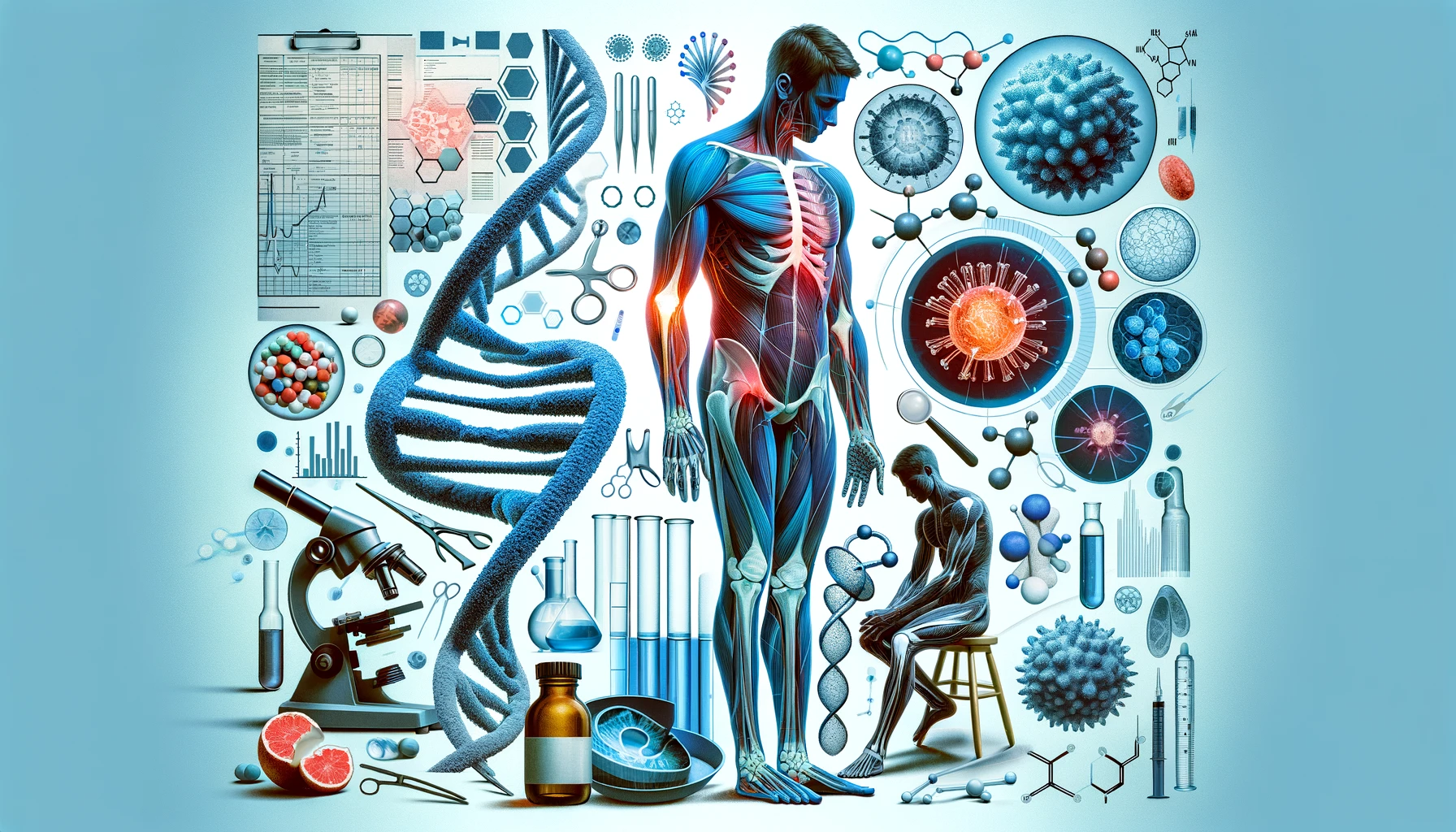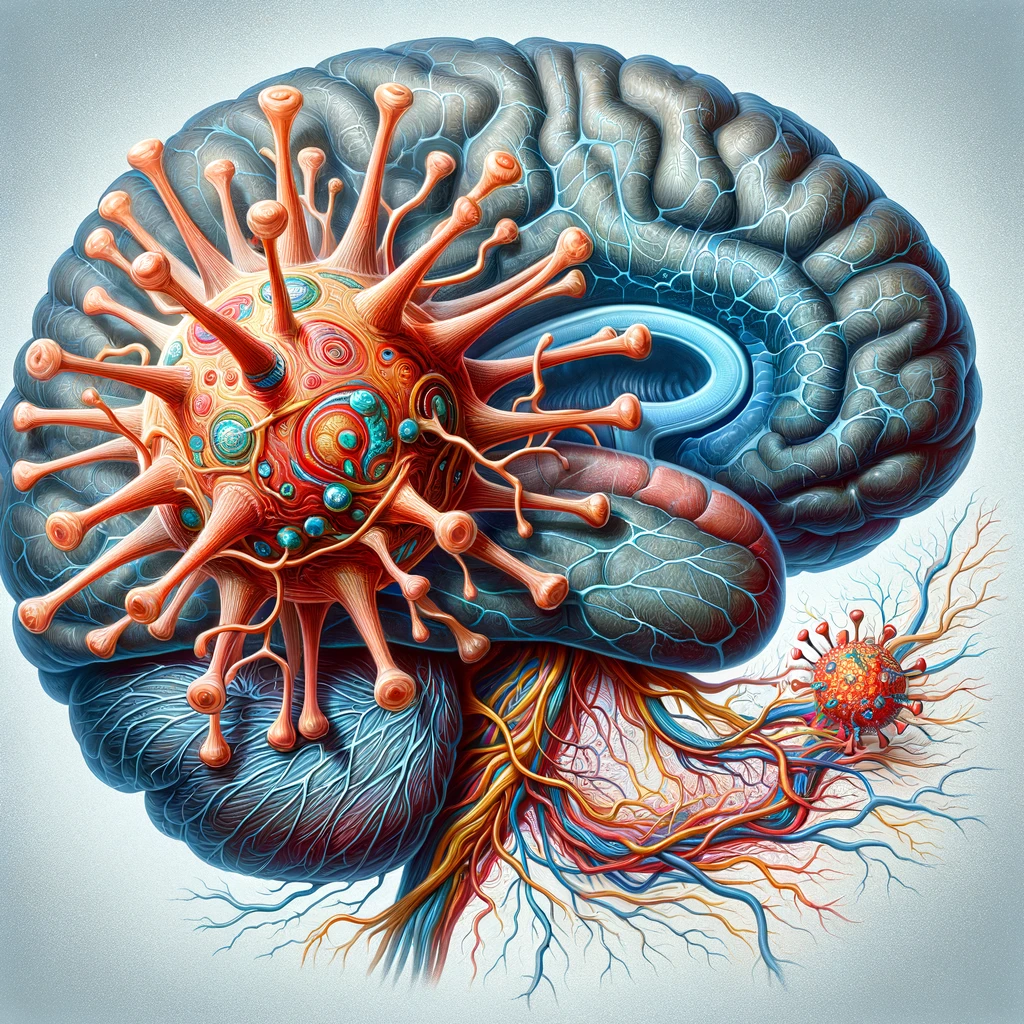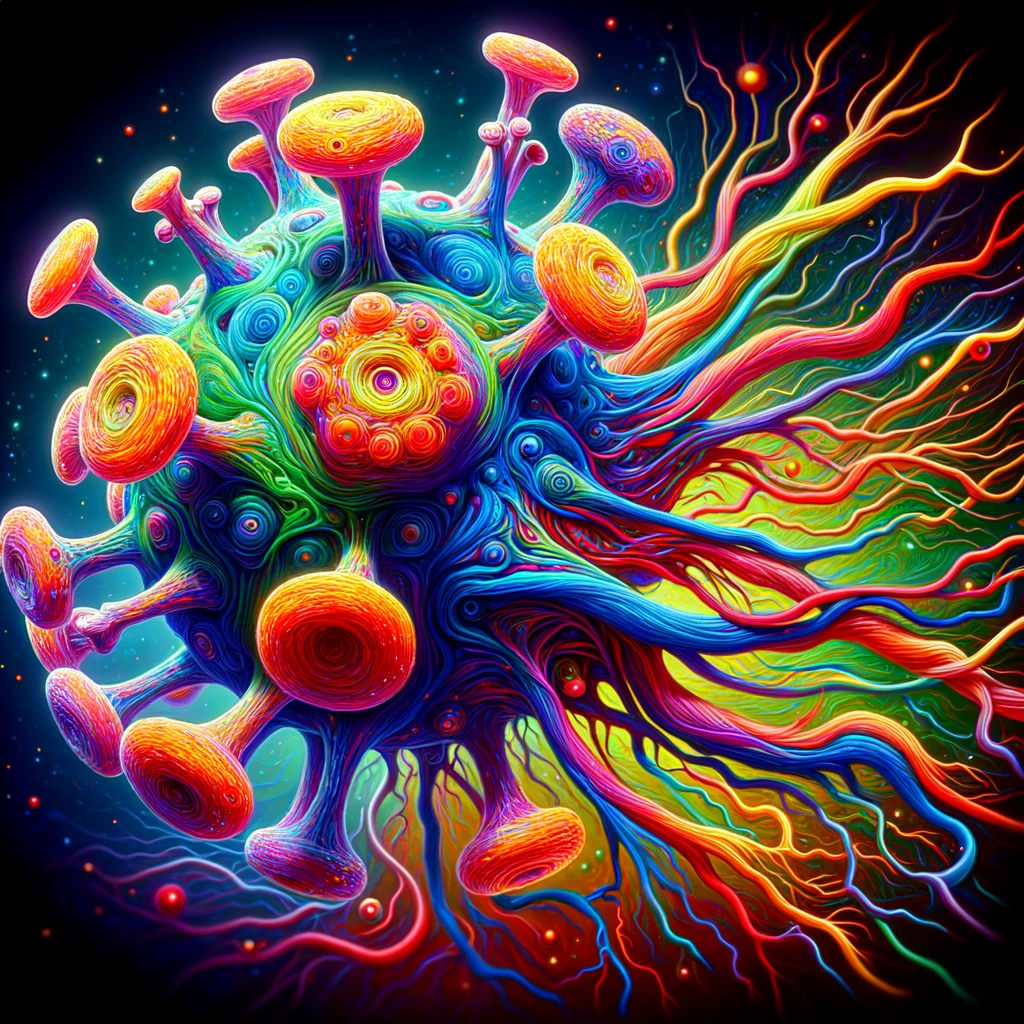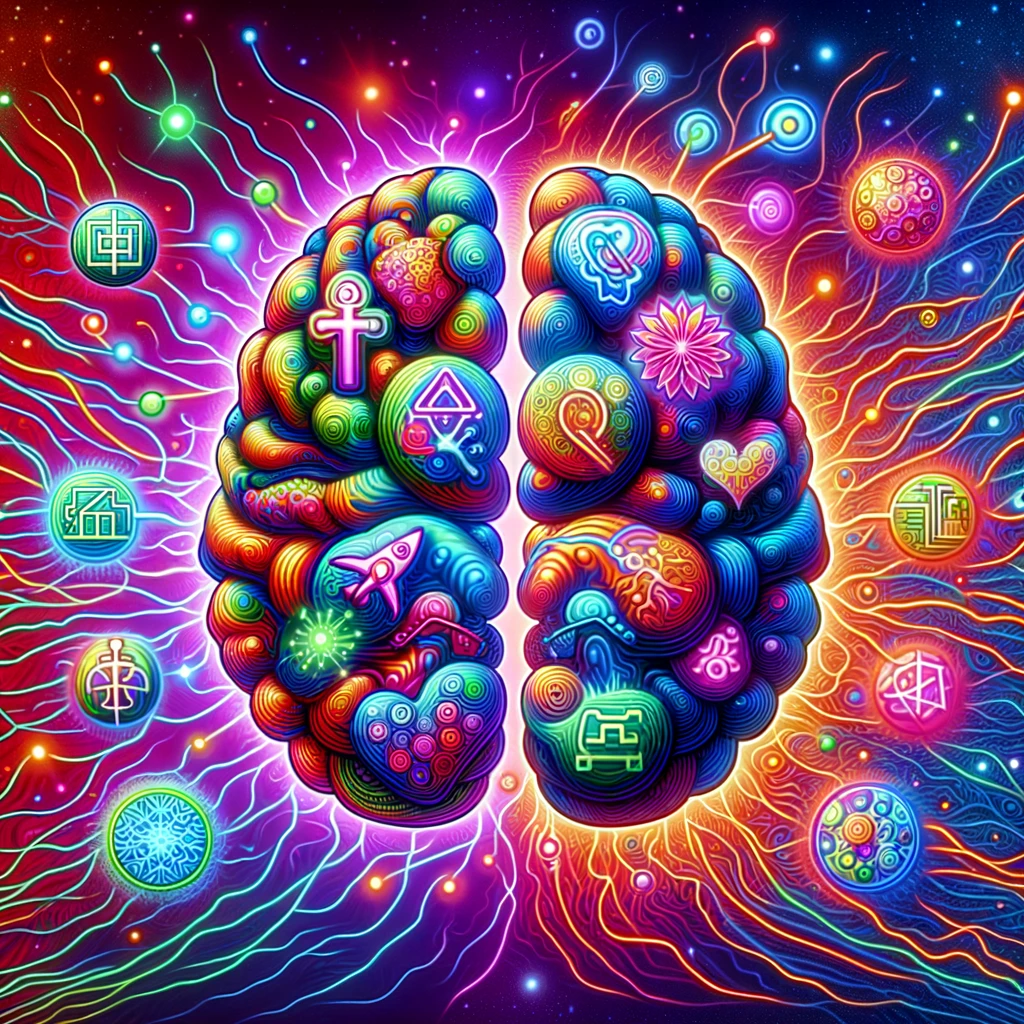
Blog Post Title
Blog post excerpt [1-2 lines]. This text is automatically pulled from your existing blog post.

Blog post excerpt [1-2 lines]. This text is automatically pulled from your existing blog post.

Blog post excerpt [1-2 lines]. This text is automatically pulled from your existing blog post.

Blog post excerpt [1-2 lines]. This text is automatically pulled from your existing blog post.

Blog post excerpt [1-2 lines]. This text is automatically pulled from your existing blog post.

Blog post excerpt [1-2 lines]. This text is automatically pulled from your existing blog post.

Blog post excerpt [1-2 lines]. This text is automatically pulled from your existing blog post.

Recent research at Tulane University has unveiled a critical link between a variant of the MTHFR gene, folate deficiency, and hEDS. This deficiency disrupts the binding of crucial proteins to collagen, leading to more elastic connective tissue. This breakthrough could lead to more accurate diagnoses through blood tests and genetic screening.

Since the outbreak of COVID-19, researchers have observed a myriad of symptoms and complications associated with the infection. Among these, dysautonomia, a disorder of the ANS, has emerged as a notable concern (1). The ANS regulates involuntary bodily functions, including heart rate, blood pressure, and digestion. Dysautonomia encompasses a range of symptoms such as tachycardia, orthostatic intolerance, and gastrointestinal disturbances.

In a groundbreaking revelation, recent scientific studies have started to uncover a potential link between the Epstein-Barr Virus (EBV) — best known for causing mononucleosis or “mono” — and various forms of dysautonomia, including Postural Orthostatic Tachycardia Syndrome (POTS), as well as other nerve damage conditions. This connection, while still under investigation, offers new insights into the complexities of neuroimmune interactions and their impact on human health.

Patients often experience dizziness, fatigue, and palpitations (1). ADHD, on the other hand, is a neurodevelopmental disorder marked by symptoms of inattention, hyperactivity, and impulsivity (2).

Introduction Postural Orthostatic Tachycardia Syndrome (POTS) is a complex disorder that affects the autonomic nervous system, primarily influencing how the

Prior to the Covid-19 pandemic, POTS was not a widely-discussed medical condition. However, during the pandemic, research has uncovered strong correlations between POTS and Long Covid.

Many individuals who have recovered from COVID-19 continue to experience persistent symptoms such as fatigue, cognitive issues, and gastrointestinal problems.
Dysautonomia, a group of disorders characterized by the malfunctioning of the autonomic nervous system (ANS), affects millions of people worldwide.

POTS can be misdiagnosed for several reasons. Patients may present with various symptoms on multiple occasions, often with no obvious clinical findings.

POTS patients are advised to eat smaller meals more frequently and to limit their carbohydrate intake. POTS patients may experience worsening orthostatic symptoms after eating. But why is this the case?